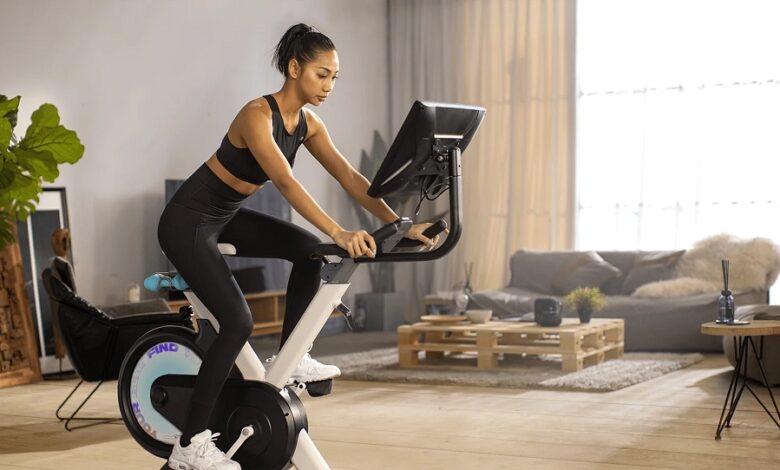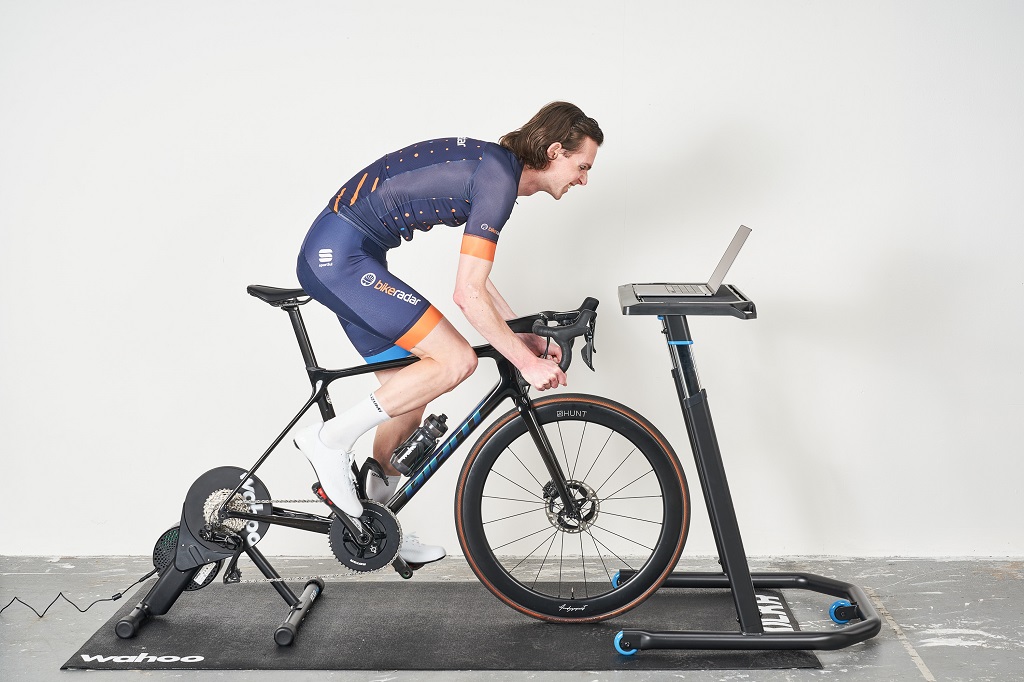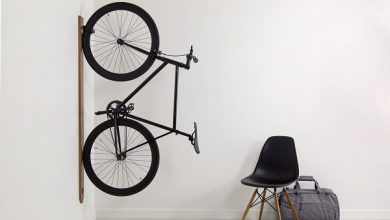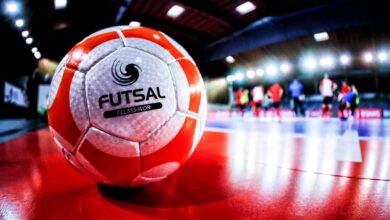How to Get Better at Indoor Cycling: Ultimate Tips

To get better at indoor cycling, focus on posture and pacing, set up your bike correctly, and invest in the right equipment. Ensuring proper posture, pace, bike setup, and suitable gear can enhance your indoor cycling performance.
Improving your indoor cycling skills involves various aspects such as posture, pacing, bike setup, and equipment. By paying attention to these key elements, you can enhance your indoor cycling experience and performance while avoiding common mistakes and improving your endurance and strength.
From bike setup to pacing and posture, these aspects play a crucial role in enabling you to progress and become better at indoor cycling. By adopting the right techniques and equipment, you can enhance your indoor cycling skills, achieve better results, and enjoy a more effective workout session.
Getting Started With Indoor Cycling

Welcome to the world of indoor cycling! Whether you’re a beginner or a seasoned cyclist, indoor cycling can be a fantastic way to improve your fitness and stamina. But before you start pedaling, it’s crucial to ensure that you have the right foundation in terms of posture and bike setup. Including the best indoor bike rollers in your equipment list can make a significant difference by enhancing the realism of your training sessions and improving balance and pedal efficiency. Ensuring your setup, especially with high-quality rollers, is properly adjusted to your needs will lay the groundwork for a successful and enjoyable cycling journey.
Importance Of Proper Posture
Proper posture is essential for preventing injuries and maximizing your workout efficiency during indoor cycling. When riding, keep your back straight, and shoulders relaxed, and engage your core to stabilize your body. Ensure that your seat is adjusted to the correct height so that your knees are slightly bent at the bottom of the pedal stroke.
Setting Up Your Bike
Setting up your bike correctly is crucial for a comfortable and effective ride. Here are some key pointers:
- Adjust the seat height to achieve a slight bend in your knees when the pedal is at the bottom position.
- Position the handlebars at a level that allows you to maintain a relaxed posture without straining your back or shoulders.
- Ensure that your feet are securely strapped to the pedals to optimize your pedaling efficiency.
Once you’ve established the right posture and bike setup, you’ll be ready to kick-start your indoor cycling journey with confidence and comfort!
Improving Cycling Performance
To enhance your indoor cycling performance, pay attention to your posture, vary your pedaling intensity with force intervals, and seek professional bike setup guidance. Additionally, focus on maintaining a consistent pace, wear appropriate attire, and familiarize yourself with erg mode.
Gradually improving your cadence and pedal speed while building endurance will also contribute to your progress.
Pacing Yourself
When it comes to improving your cycling performance, pacing yourself is crucial. It’s all too easy to start too fast and tire yourself out before the end of the workout. To avoid this, start at a pace that you know you can maintain throughout the entire session. This will allow you to build endurance and gradually increase your speed and intensity over time. Remember, it’s better to start slow and finish strong than to burn out early.
Benefits Of Interval Training
Interval training is a highly effective method for improving your indoor cycling performance. By alternating between periods of high-intensity effort and active recovery, you can push your limits and increase your overall endurance and power. This type of training also helps to improve your cardiovascular fitness and burn more calories in a shorter amount of time. Incorporating interval training into your indoor cycling routine will help you see significant improvements in your performance.
Setting Up Your Bike
Having the proper bike setup is essential for optimizing your cycling performance. Make sure your seat height and position are adjusted correctly to ensure proper alignment and prevent injury. You should also adjust the handlebars to a comfortable position that allows for proper posture and reduces strain on your back and shoulders. Taking the time to set up your bike correctly will not only enhance your performance but also make your indoor cycling experience more enjoyable.
Wearing Practical Clothes
Wearing practical clothes can make a significant difference in your indoor cycling performance. Opt for moisture-wicking and breathable fabrics that will keep you cool and dry throughout your workout. Additionally, wearing comfortable and well-fitting cycling shorts with padding can help reduce discomfort and chafing. By wearing the right attire, you can focus on your performance and ride more efficiently.
Being Consistent
Consistency is key when it comes to improving your indoor cycling performance. Try to establish a regular workout schedule and stick to it. Consistently challenging yourself and pushing your limits will lead to progress and improvements over time. Make indoor cycling a part of your routine and prioritize your workouts to see the best results.
Focus On Rpm
Monitoring your cadence, or revolutions per minute (RPM), is important for improving your cycling performance. Aim for a cadence between 80-100 RPM, as this range is optimal for maximizing power output and endurance. Pay attention to your RPM during your workouts and strive to maintain a consistent and efficient pedaling speed. By focusing on your RPM, you can increase your speed and efficiency on the bike.
Getting Comfortable With Erg Mode
Many indoor cycling bikes offer an “erg mode” feature that automatically adjusts the resistance to match your desired power output. Getting comfortable with using erg mode can help you optimize your training and improve your performance. It allows you to focus on maintaining a steady power output rather than constantly adjusting the resistance manually. Experiment with different power targets and gradually increase the intensity to challenge yourself and improve your performance.
Investing In The Right Equipment
Having the right equipment can make a significant impact on your indoor cycling performance. Invest in a high-quality indoor cycling bike that provides a smooth and realistic ride. Consider purchasing clip-in cycling shoes that allow for better power transfer and more efficient pedaling. Additionally, using a heart rate monitor or a fitness tracker can help you track your progress and push yourself to new limits. By investing in the right equipment, you can enhance your performance and make the most out of your indoor cycling workouts.
Optimizing Your Indoor Cycling Experience
Enhance your indoor cycling experience by focusing on posture, using force intervals, and seeking professional assistance with bike setup. To improve your performance, pace yourself, wear suitable attire, and maintain consistency in your training. Additionally, prioritize achieving a comfortable and efficient pedal speed, and invest in the right equipment to optimize your workouts.
Selecting Practical Clothing
Choose comfortable and moisture-wicking clothing to enhance your indoor cycling experience.
Utilizing Erg Mode
Erg mode helps maintain consistent resistance levels, improving your workout efficiency.
Enhancing Endurance And Speed
Building Endurance
Improving endurance in indoor cycling involves gradual progression and consistent training.
- Set achievable goals for increasing cycling durations.
- Incorporate interval training to push your limits.
- Fuel your body with proper nutrition for endurance workouts.
Strategies For Sprinting
Sprinting in indoor cycling requires explosive power and quick cadence.
- Practice sprints with resistance to build power.
- Focus on smooth pedal strokes to maximize efficiency.
- Engage your core to stabilize your body during sprints.
Common Mistakes And How To Avoid Them
Indoor cycling is a great way to stay fit and active, but there are a few common mistakes that riders often make. By knowing what these mistakes are and how to avoid them, you can maximize your workout and get better results. In this section, we will focus on some of these common mistakes and provide tips on how to avoid them.
Bike Setup Errors
One of the most crucial aspects of indoor cycling is having the correct bike setup. Many riders make the mistake of not adjusting their bike properly, which can lead to discomfort and increased risk of injury. To avoid this, follow these steps:
- Adjust the seat height: Make sure that your seat is at the proper height so that your leg is slightly bent at the bottom of the pedal stroke.
- Check the handlebar position: The handlebars should be adjusted so that you can maintain a comfortable and upright posture.
- Ensure proper alignment: Make sure that your knees, hips, and feet are all properly aligned during the pedal stroke.
Utilizing Proper Resistance
Another common mistake is not using enough resistance during your indoor cycling session. Without enough resistance, the workout becomes less effective and you won’t be able to challenge your muscles properly. To avoid this, follow these tips:
- Gradually increase the resistance: Start with a low resistance and slowly increase it as you warm up.
- Listen to your body: Pay attention to how your muscles feel and adjust the resistance accordingly. You should feel challenged but not overly strained.
- Don’t rely solely on speed: Remember, it’s not about how fast you pedal, but how much resistance you’re using.
Get The Right Equipment

Lastly, having the right equipment is essential for a successful cycling session. Investing in quality gear can make a significant difference in your performance and overall experience. Consider the following:
| Quality cycling shoes | A comfortable padded seat | A reliable heart rate monitor |
| A set of resistance bands for strength training exercises | An adjustable fan to keep you cool | A water bottle cage for easy access to hydration |
By avoiding these common mistakes and following these tips, you’ll be well on your way to getting better at indoor cycling. Remember to start with the correct bike setup, utilize proper resistance, and invest in the right equipment. Happy cycling!
Frequently Asked Questions Of How To Get Better At Indoor Cycling
How Can I Improve My Cycling?
To improve your indoor cycling, follow these tips:
- Test your fitness and set goals.
- Be consistent with your training.
- Use erg mode for better control.
- Be prepared with proper hydration and nutrition.
- Join group rides for motivation and challenge.
- Train at the sweet spot and include high-intensity intervals.
- Progress your intervals gradually.
How Do I Get More Out Of Indoor Cycling?
To get more out of indoor cycling, focus on posture, vary the intensity with intervals, set up your bike correctly, wear suitable attire, and maintain consistency in training.
How Do I Get In Shape For Indoor Cycling?
To get in shape for cycling, focus on posture, interval training, proper bike setup, pacing, and consistent practice.
Why Is Indoor Cycling Harder?
Indoor cycling is harder because convective cooling is lower, leading to increased sweat rate and dehydration. This results in higher exertion and cardiac drift. Cycling indoors requires more effort compared to outdoor cycling.
Conclusion
To become better at indoor cycling, focus on your posture, force intervals, and pacing yourself. Make sure you wear practical clothes and ride consistently. It’s important to improve your cadence and pedal speed while also setting up your bike correctly. Don’t forget to build endurance explore How to use Portable Bike Stand?
and try different workouts to challenge yourself. By following these tips and staying committed, you’ll see progress and achieve your indoor cycling goals. Keep pushing and enjoy the ride!




